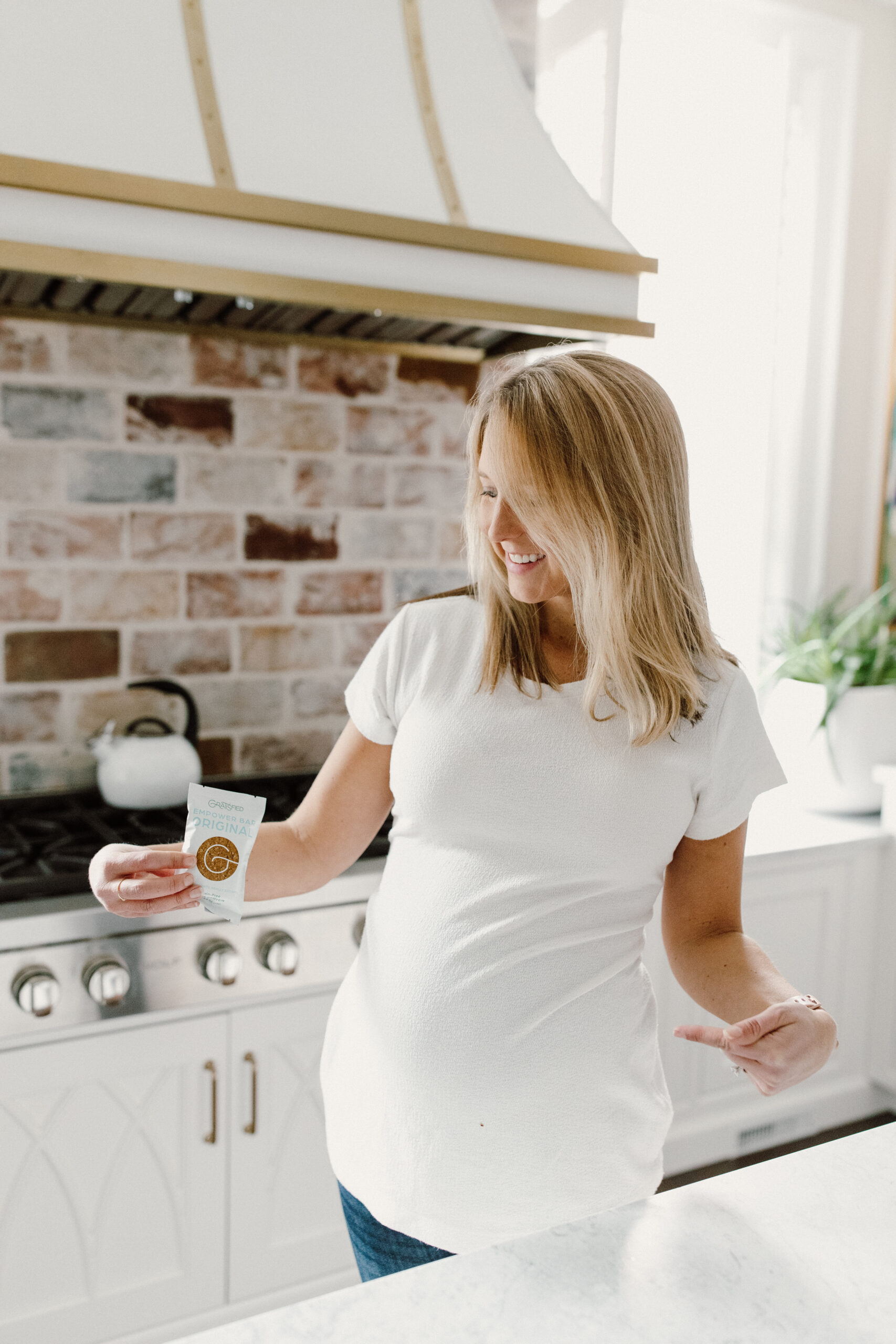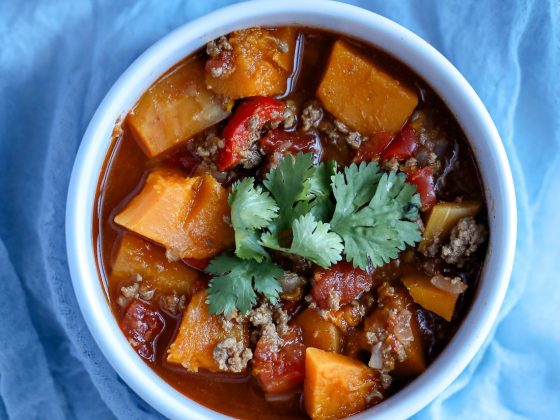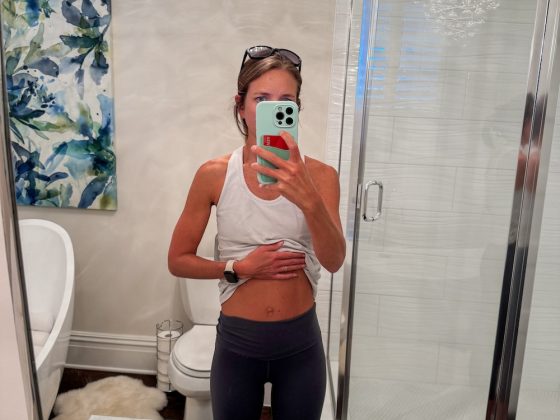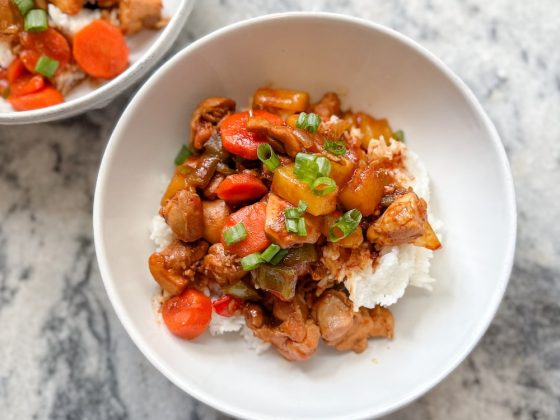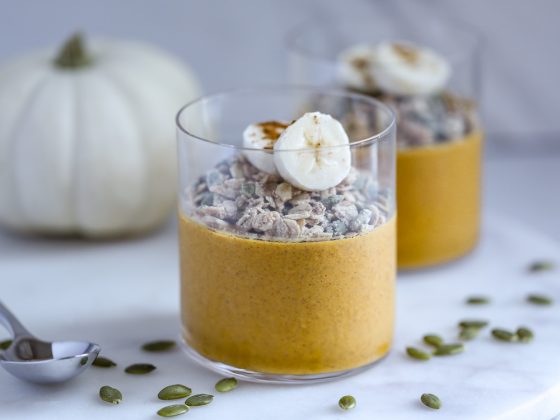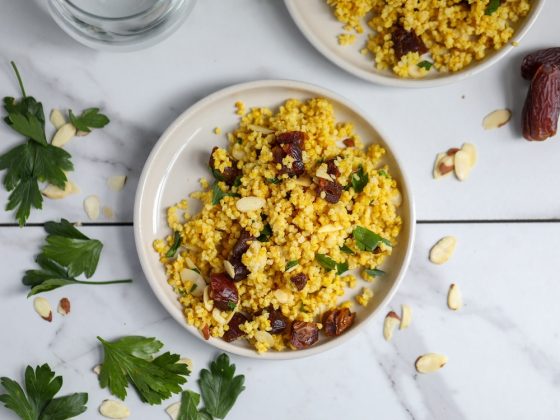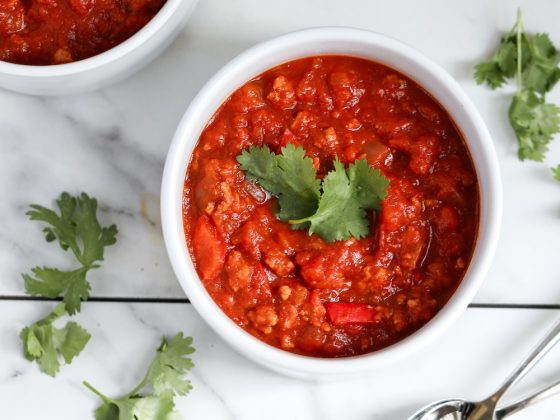Blood sugar balance has been the foundation of my nutritional philosophy for years. I have not only witnessed the benefits for myself, but for my health coaching clients as well. I have an online course dedicated to helping others learn more about it, and even launched a natural foods company featuring products rooted in insulin moderation in order to be a brand people could trust. Blood sugar management not only influences the way that I (and encourage others to) eat, but has completely shaped my career. Let’s just say I am a firm believer! And if you are now asking, what actually is blood sugar balance, read this post.
When I got pregnant, and finally got through the first trimester (and eaten all the carbs that came with it), I knew I needed to get my blood sugar back into balance. It’s like I always told my clients: if there is ever a time to care about nutrition, it is when you are growing another human. I dusted off my glucose monitor, and started to pay attention to both my fasting glucose (first thing in the morning), and postprandial glucose (an hour or two after each meal). I got really nerdy with it and kept a spreadsheet, proudly showing my doctor at one of my (many) appointments. The reason you need to pay close attention to blood sugar levels during pregnancy is that insulin sensitivity decreases, increasing the chance for insulin resistance and eventually gestational diabetes.
Then I learned about Levels Health, a company dedicated to making glucose monitoring more mainstream. Levels offers continuous glucose monitors (CGMs) to a wider audience, and I jumped at the chance to become one of their beta testers. I wore the CGM throughout the majority of my pregnancy and for a few weeks postpartum. The experience was incredibly insightful. It both reaffirmed what I already knew about blood sugar in general, while also showing my individual responses to certain foods and lifestyle factors. This is what I learned:
While the basic principles of blood sugar balance apply, foods that affect one’s insulin levels can be very individual.
When it comes to the three macronutrients – carbohydrates, protein, healthy fat – it is the latter two that trigger the release of insulin the least. Carbohydrates, especially without the benefit of fiber, affect blood sugar the most because they get broken down into glucose when digested. Not only did high quality sources of protein and healthy fat keep my blood sugar curve smooth and stable, but I felt mentally and physically energized when my meals focused on these foods. An example would be a piece of wild-caught fish, 1/2 avocado, and a leafy green side salad. But this also doesn’t mean that foods that I would put in the protein and/or healthy fat category can’t affect blood sugar levels as well. Eggs actually made my blood sugar spike. But you have to take into account bioindividuality; what makes my blood sugar spike may not affect someone else. Sweet potatoes spike my blood sugar, but butternut squash not as much. This could be the other way around for someone else.
The CGM proved the blood sugar balancing powers of my Gratisfied products.
When I first created the Empower Bar over 4 years ago, I just just learning about the metabolic science behind blood sugar balance. I never really ate packaged bars because the majority of them are loaded with sugar and other inflammatory ingredients. However, circumstances in life arise when consuming a bar is very convenient: on an airplane, in a hotel room, or for breakfast on a busy morning. Unsatisfied with any other option on the market, the Empower Bar was born. The ingredients align with the protein, healthy fat, and fiber trifecta: each bar contains nuts, seeds, and superfoods, egg, pea protein, and low glycemic sweeteners. The Oat Bar, Empower Bar Cacao and Granola Clusters are insulin friendly foods as well. I was so proud when I witnessed the blood sugar balancing powers of our products with the CGM!



Some healthy foods negatively affect my blood sugar.
I can easily over-consume carbohydrates, and even though they are healthy, high quality sources such as sweet potatoes, gluten-free grains, and fruit, there can be too much of a good thing. All carbohydrates still get broken down into glucose in the body. Fructose is a sugar that gets metabolized differently and tends to spike my blood sugar. Acai bowl and oatmeal – foods I would eat on a weekly basis – are also not the best choice first thing in the morning. I still eat these foods, just not as often.
Other factors besides food affect blood sugar, and vice versa.
Eating, exercise, stress and sleep – these are all hormonal experiences that are delicately tied to our endocrine system. Think of your endocrine (i.e. hormonal) system like a symphony; when one is out of tune, the whole song can seem wrong.
According to your natural circadian rhythm, cortisol (your stress hormone) rises in the morning, gradually decreasing as the day goes on. In the late afternoon/evening, melatonin (your sleep hormone) starts to rise. Cortisol is what wakes you up while melatonin prepares you for bed. If stress is abnormally elevated due to lifestyle factors or even over-exercise, this can negatively impact your circadian rhythm. Insulin and leptin, the two hormones tied to blood sugar balance, can also send you out of sync if not managed. As a result, sleep can suffer, which then exacerbates the issue. This can create a vicious cycle.
Making sure insulin and leptin are signaling properly is one piece of the puzzle you can control through a blood sugar balancing diet. Establishing healthy sleep hygiene and managing stress are equally as important. However, wearing a CGM showed me that stress and sleep alone can impact glucose levels even when consuming blood sugar balancing foods.
Information is power, but once I had the knowledge, I just wanted to eat and enjoy.
After taking my Beauty of Blood Sugar Balance online course, a health coaching client said to me, “once you know, you can’t not know.” She was speaking to the inherent motivation that comes with learning the nutritional science behind a real foods, blood sugar balancing way of eating. It’s true – understanding the science helps you establish a deeper “why” for making certain food choices. I will always have this knowledge, but there came a point when I got tired of tracking. I know myself and my tendencies to get a little stringent with tracking devices, so I decided to stop. I felt like I had learned all I had set out to learn. Furthermore, there are days when I am going to want an acai bowl or gluten-free pancakes, or a hamburger with sweet potato fries, and I would like to enjoy it without having to watch the blood sugar spike. The difference is that I now eat these foods occasionally, as part of my 20%, rather than every week. I truly believe there should be no fear around any foods, but rather conscious choice. Knowing how certain foods affect me, I can use that information in every individual decision.

